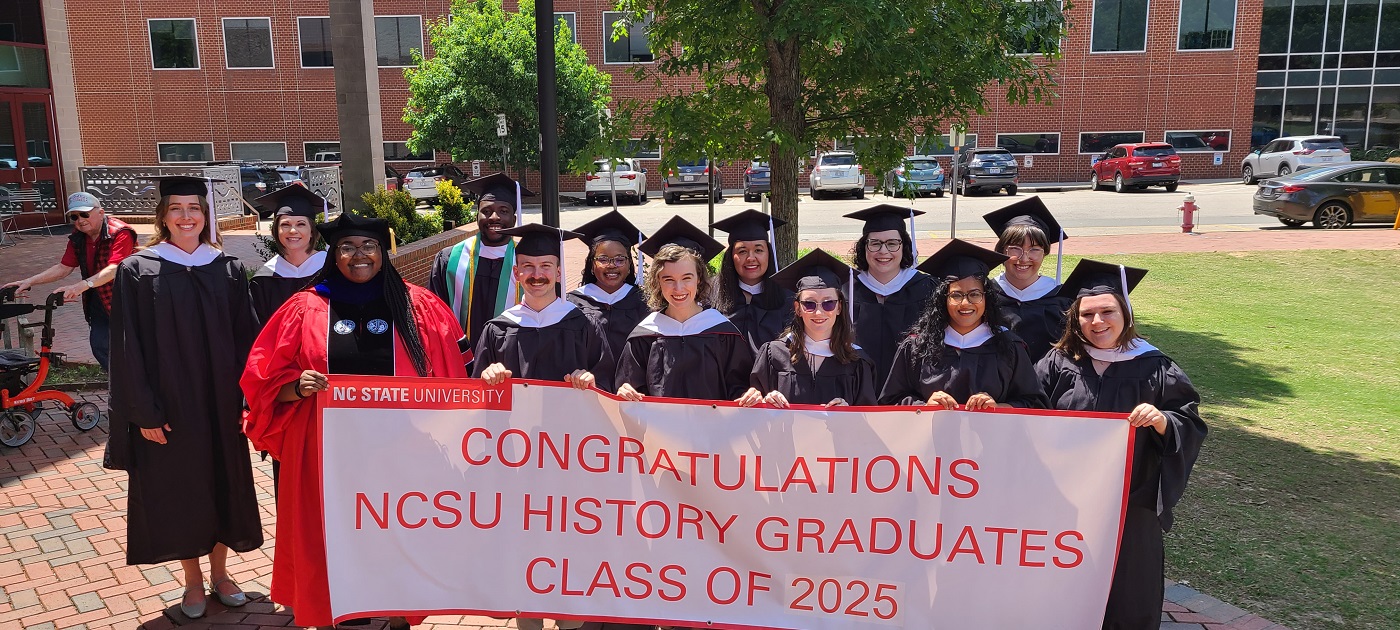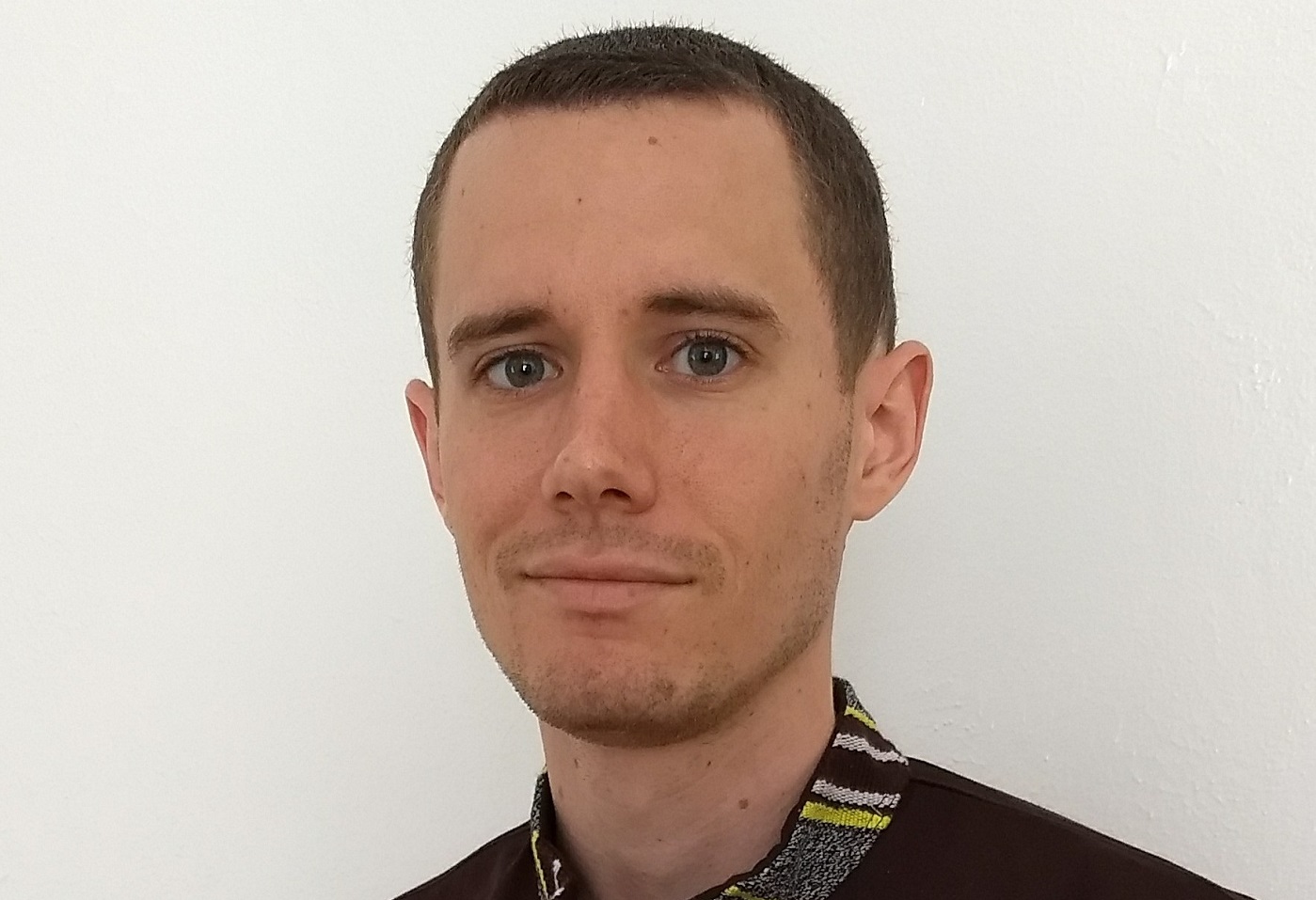An Antique Find Prompts Academic Research
 Research can deepen students’ passion for a subject, challenging them to search for answers to complex questions. It permits students to be creators of knowledge, and not simply recipients of past ideas. This Q&A explores the role research can play for CHASS undergraduates.
Research can deepen students’ passion for a subject, challenging them to search for answers to complex questions. It permits students to be creators of knowledge, and not simply recipients of past ideas. This Q&A explores the role research can play for CHASS undergraduates.
Mike Helms is a senior majoring in History. His curiosity about an antique item has led to research into a previously under-explored topic.
What sparked your interest in this research?
Last year I found a curious looking antique handgun at a local antiques store. I didn’t know anything about its maker, Rollin White, but I had a hunch that this gun had a lot of history behind it. I was right, and researching this gun ballooned into a year-long side project. I discovered during this time that the history of American firearms manufacture has received very little academic scholarship. The opportunity to do important, novel research like this seemed perfect for my history honors thesis.
Briefly describe the research.
The heart of my research is on the 1850 to 1870 period of American firearms manufacture. Rollin White held a key patent that was instrumental in the rise of Smith & Wesson and the shift from muzzle-load to cartridge-load ammunition, which fundamentally transformed the way that firearms were designed, manufactured, marketed, distributed and sold. I’m also interested in the social factors that influenced the civilian purchase of these weapons. My research website is at: http://spurtrigger.com
How does the research relate to your major, career goals and personal interests?
As a historian, I want to marry the work of the academic historian with the antiquarian and the genealogist. Researching the firearms industry gives me the chance to do all three in a subject area that is an integral part of America’s historical narrative. After I publish my thesis, I’d like to continue developing it into a full-length book.
What are some things you have learned?
I’ve learned that history never happens in isolation, and things that don’t have any connection on the surface can share strong undercurrents. An example of this is a research paper I completed in 2012 on the rise of the Ku Klux Klan in North Carolina. Although there’s no obvious connection between the Klan and the evolution of the firearms industry, it appears that the reconstruction era may have been a prosperous era for gun sales precisely because of these sorts of episodes of civil unrest.
What are some of the challenges you’ve encountered?
The social dimension of historical research has been the most surprising, and the most difficult to learn. Many people are inclined to keep and preserve things from the past, but they’re not always willing to share them with well-intentioned researchers. I’ve had to network with a diverse group of people and organizations to gather primary sources, and that has taken tremendous patience and persistence.
What are some of the rewards?
Studying the firearms industry has revealed a cross-section of American culture that in many ways encapsulates the national ethos of innovation, productivity and Jeffersonian rugged self-reliance. Working with people in both the historical communities and the gun-collecting communities has been incredibly rewarding, and the enthusiasm that people have shown in my research gives me tremendous impetus to keep moving forward.
By Dara Leeder
- Categories:


